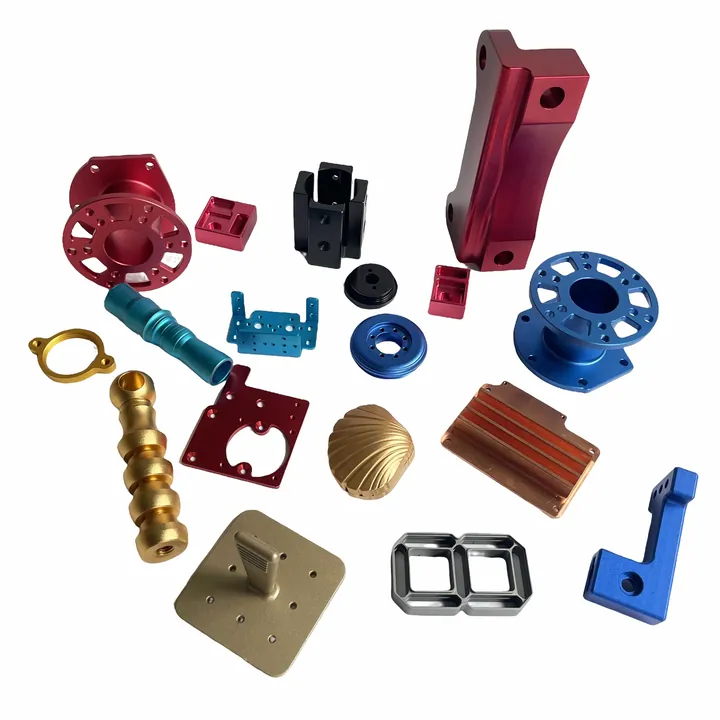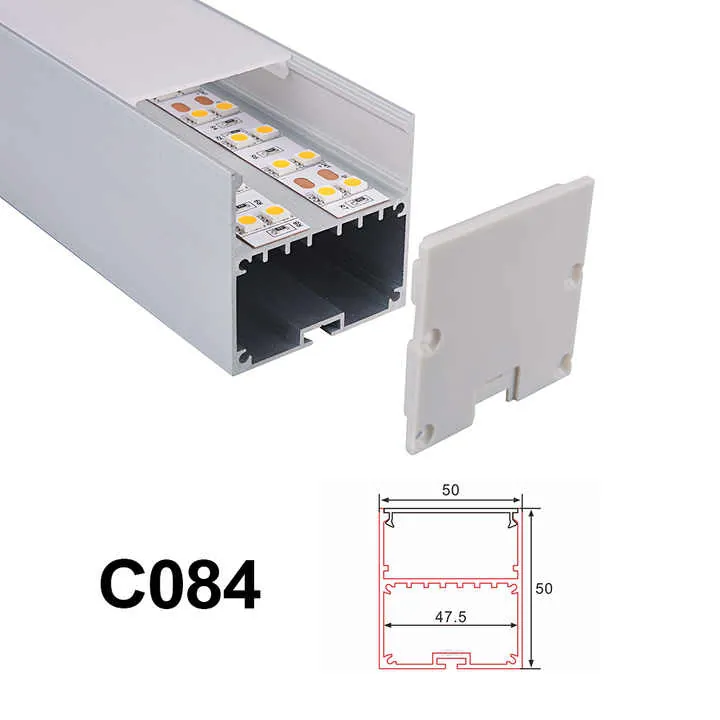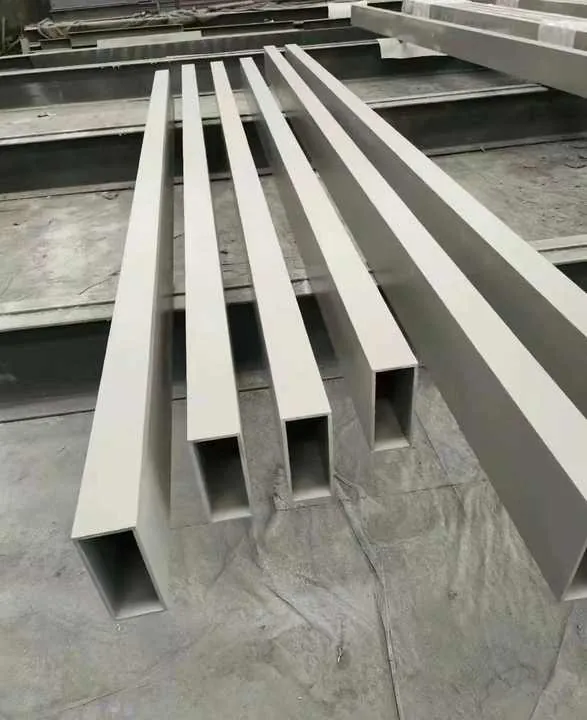Rezaví hliník?

You left a metal tool outside—it turned brown and flaky. But your aluminum ladder? Still shiny. So, does aluminum rust?
Aluminum doesn’t rust like iron. Instead, it forms a protective oxide layer that resists corrosion and prevents structural damage.
This is one of the reasons aluminum is a top choice in architecture, transportation, and outdoor products.
What is rust and does aluminum form it?
Not all corrosion is the same. Rust is specific to certain metals—mainly iron.
Rust is a reddish-brown flaky oxide (Fe-o?·nh-o) that forms when iron reacts with oxygen and water. Aluminum does not rust because it contains no iron.

Rust vs. Oxidation
- Rust is a form of iron oxide that occurs with water and air.
- Aluminum oxide (Al-o?) forms instantly when aluminum is exposed to air.
Unlike rust, which flakes and weakens the metal, aluminum oxide sticks tightly and protects the surface.
Proč na tom záleží
Rust eats away at steel. It makes bridges crumble and pipes burst. But aluminum’s oxide layer acts like a shield. It prevents deep corrosion and keeps the metal strong.
| Funkce | Rust (Iron Oxide) | Aluminum Oxide |
|---|---|---|
| Barva | Red/Brown | White/Silver |
| Struktura | Flaky, weak | Hard, tight bonding |
| Impact on Metal | Damages over time | Protects from corrosion |
| Reformation Ability | Ne | Constantly self-healing |
Rust forms on any metal exposed to air and water.False
Rust specifically refers to iron oxide; only metals with iron can rust.
Aluminum does not rust because it contains no iron and forms aluminum oxide instead.Pravda
Aluminum reacts differently, forming a protective oxide layer, not rust.
How does aluminum oxidize compared to iron?
At first glance, oxidation sounds bad. But for aluminum, it’s actually a good thing.
Aluminum oxidizes quickly, forming a thin, stable layer of aluminum oxide that prevents further corrosion—unlike iron, which keeps rusting deeper.

Iron Oxidation
Iron continues to corrode once it starts rusting. Water and oxygen enter the flaky rust, reaching deeper layers. Over time, iron breaks apart.
Aluminum Oxidation
When aluminum touches air, a layer of aluminum oxide forms instantly—just a few nanometers thick. This passive layer seals the surface and prevents moisture or chemicals from reaching the bare metal.
It’s self-healing. If you scratch it, it reforms in seconds.
| Kov | Oxide Formation | Corrosion Effect | Ochranná vrstva |
|---|---|---|---|
| Iron | Slow, ongoing | Weakens metal | Ne |
| Hliník | Instant, stable | Prevents deeper damage | Ano |
Vzhled povrchu
- Iron rust is visible and rough.
- Aluminum oxidation often appears as a dull gray film, not always noticeable.
Aluminum oxide forms immediately and prevents further oxidation.Pravda
This protective layer seals the surface from air and moisture.
Iron and aluminum both rust in the same way.False
Only iron forms rust; aluminum forms a different, protective oxide.
Why does aluminum resist rust?
Aluminum’s corrosion resistance is one of its most valuable features—especially in tough environments.
Aluminum resists rust because its oxide layer forms quickly and acts as a barrier against further corrosion, unlike rust which damages iron.

Passive Protection
The oxide layer is chemically bonded to the surface. It doesn’t flake or break away. Even in water or humid air, the layer remains intact.
Resistance to Chemicals
Aluminum resists:
- Freshwater
- Seawater (with limitations)
- Mild acids
- Organic solvents
In construction, aerospace, and marine environments, this resistance lowers maintenance costs and increases lifespan.
Anodizing for More Protection
Manufacturers often eloxování aluminum to thicken the oxide layer. This improves:
- Odolnost proti opotřebení
- Scratch protection
- Color absorption
| Funkce | Výsledek |
|---|---|
| Oxide Layer Formation | Instant upon air exposure |
| Durability of Oxide | Strong and self-healing |
| Eloxování | Enhances surface hardness |
| Environmental Tolerance | Vysoká |
Aluminum resists corrosion because its oxide layer is stable and self-healing.Pravda
This oxide layer prevents air and water from reaching the raw metal.
Rust on aluminum is the same as on iron surfaces.False
Aluminum doesn’t rust—it forms a protective oxide, not a damaging one like iron rust.
How to protect aluminum from corrosion?
Even though aluminum resists rust, it still needs care—especially in harsh conditions.
To protect aluminum from corrosion, apply surface treatments like anodizing, powder coating, or painting, and avoid contact with incompatible metals.

Povrchové úpravy
- Eloxování: Enhances natural oxide layer; makes aluminum harder and more resistant to chemicals.
- Práškové lakování: Adds colored, protective resin layer.
- Malování: Barrier against salt, moisture, and UV rays.
Avoid Galvanic Corrosion
When aluminum touches another metal (like copper or steel) in the presence of moisture, galvanic corrosion can occur. This causes the aluminum to corrode faster.
To prevent this:
- Use insulating washers
- Použití ochranných nátěrů
- Avoid water traps between metals
Clean Regularly
Dirt, salt, and industrial pollutants can slowly break down unprotected aluminum. Rinse with fresh water and use non-acidic cleaners.
| Metoda | Úroveň ochrany | Běžné použití |
|---|---|---|
| Eloxování | Vysoká | Architecture, electronics |
| Práškové lakování | Vysoká | Windows, furniture |
| Malování | Střední | Vehicles, fences |
| Regular Cleaning | Základní | Marine and outdoor equipment |
Anodizing aluminum increases its resistance to wear and corrosion.Pravda
Anodizing thickens the oxide layer, offering better protection and durability.
Aluminum can corrode quickly if not painted.False
Aluminum resists corrosion naturally; painting is optional unless in extreme environments.
Závěr
Aluminum doesn’t rust like iron. It protects itself with a strong, self-healing oxide layer. With or without coatings, aluminum offers long-term durability—even in challenging conditions.



